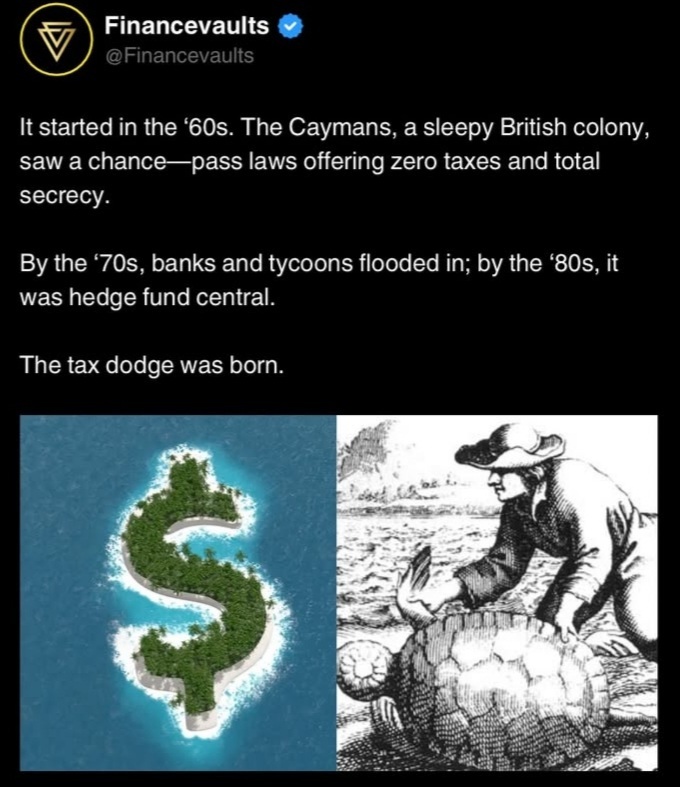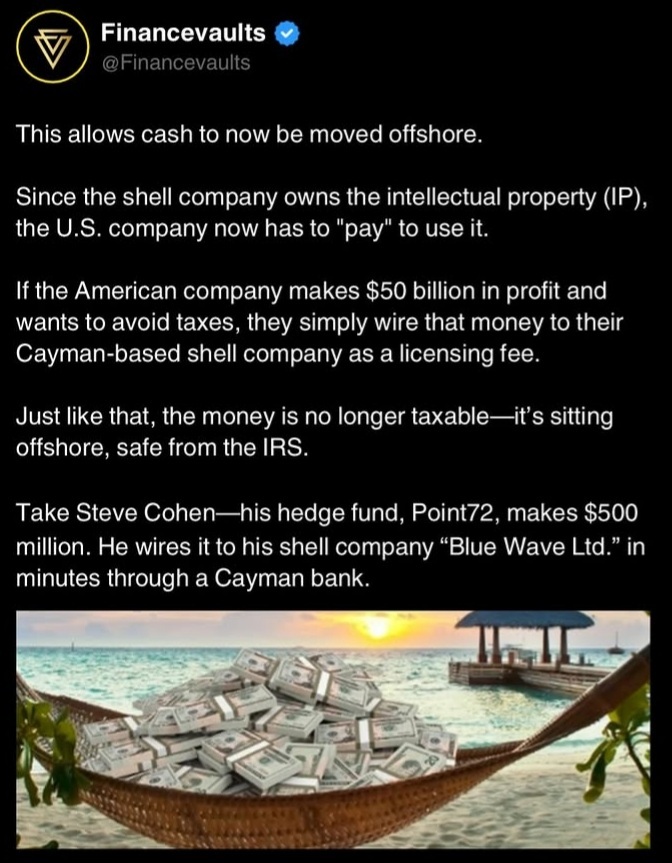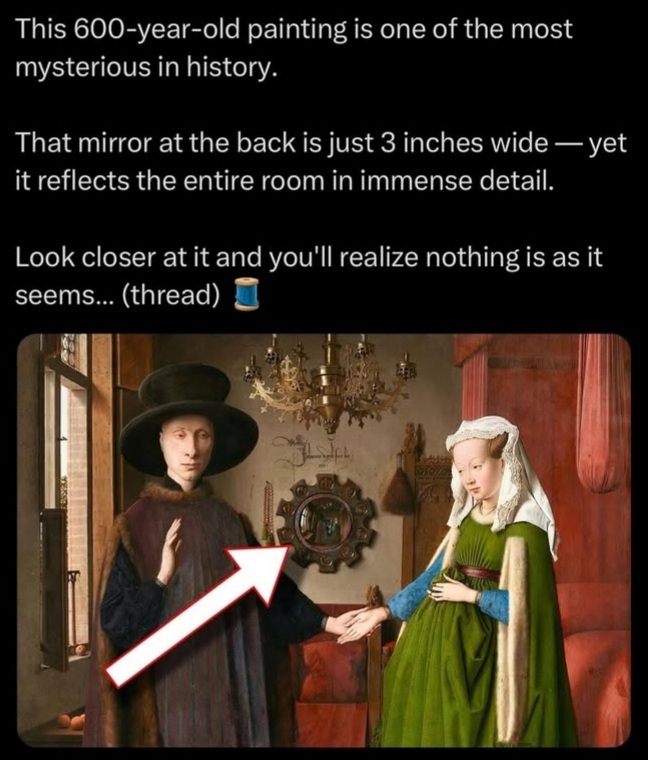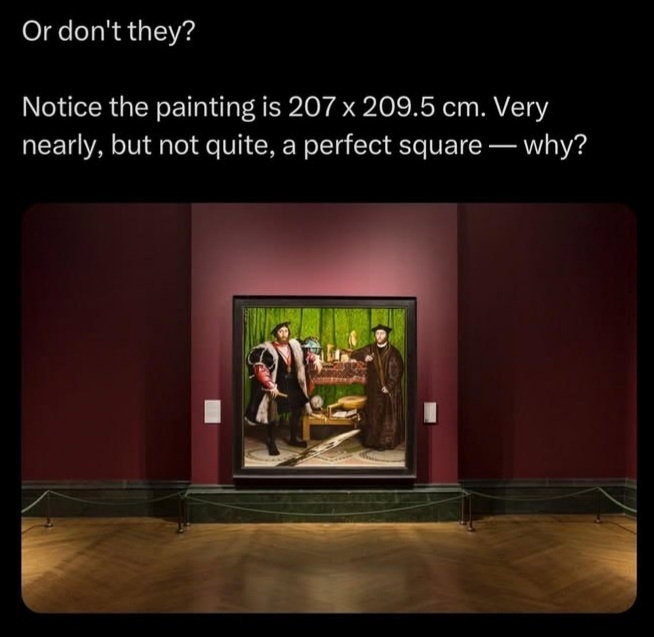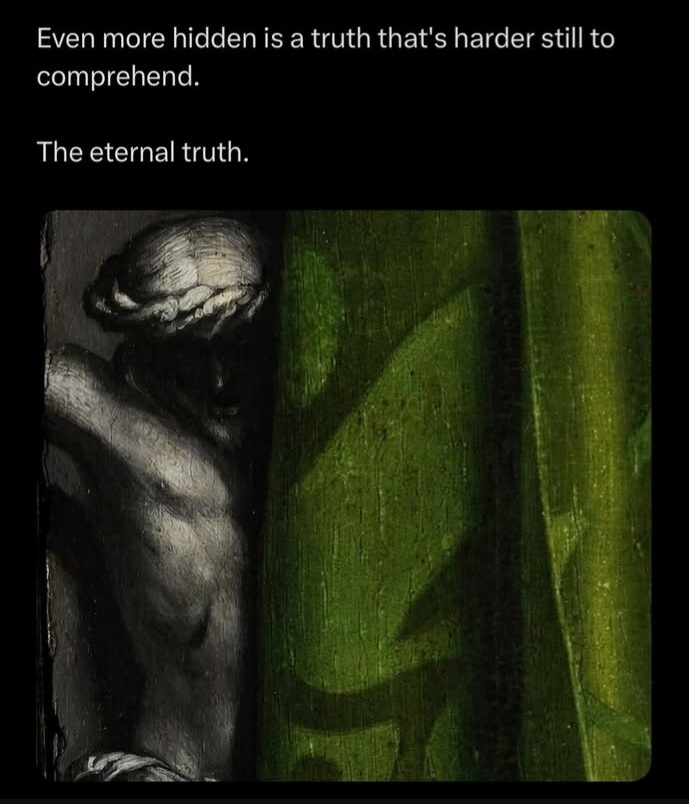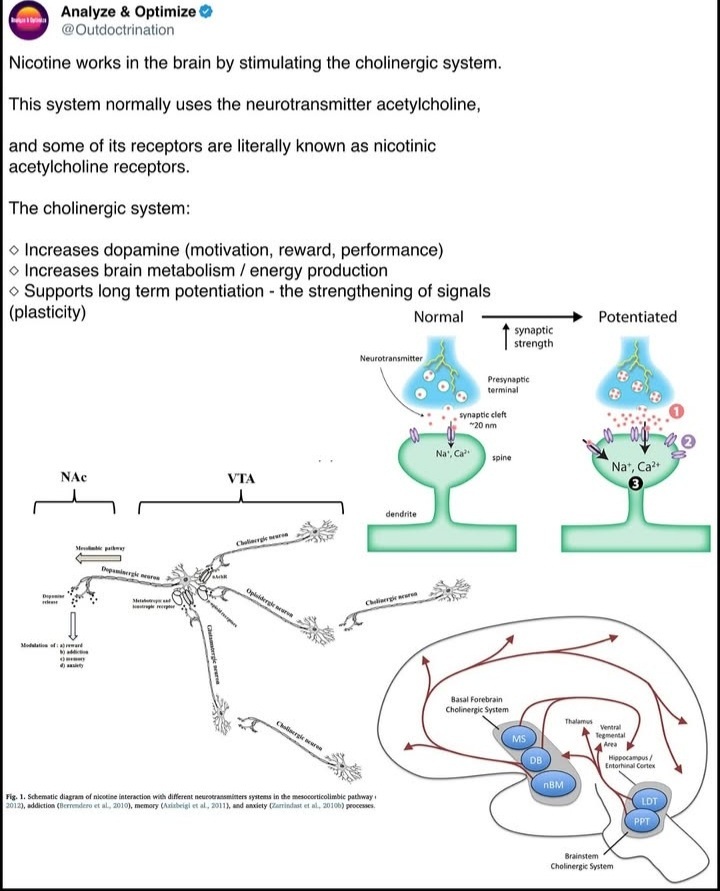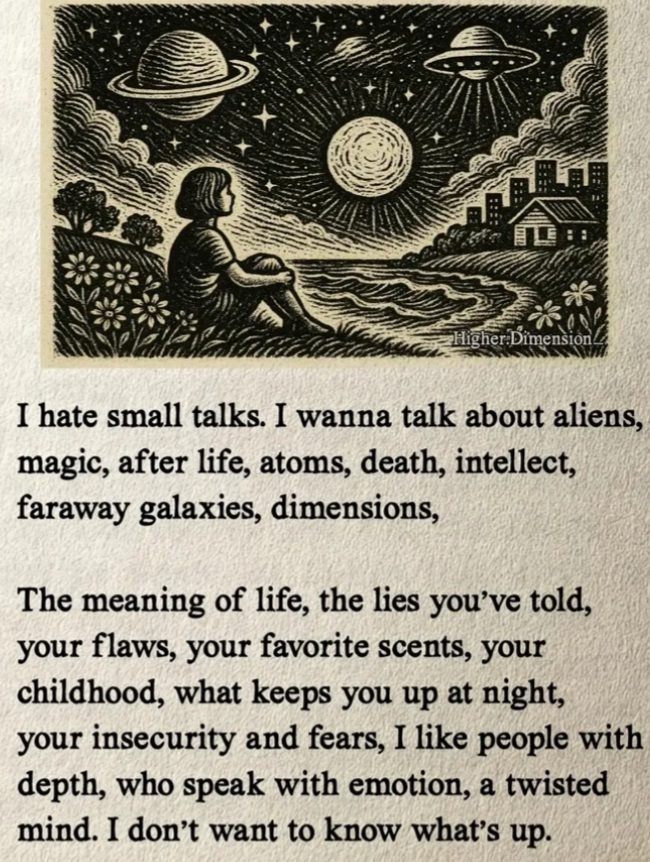- Reaction score
- 10,107
You are using an out of date browser. It may not display this or other websites correctly.
You should upgrade or use an alternative browser.
You should upgrade or use an alternative browser.
USELESS INFORMATION thread
- Thread starter realgrimm
- Start date
Lily
Site Supporter
- Reaction score
- 23,678
- Location
- California
Citation?
- Reaction score
- 10,107
Citation?
I believe it originated here

Lily
Site Supporter
- Reaction score
- 23,678
- Location
- California
Only OHIO, this data smells fishy to me.
- Reaction score
- 10,107
- Reaction score
- 10,107
- Reaction score
- 10,107
"The Secret History of Coca-Cola: Its Green Beginnings"
Picture the iconic red and white Coca-Cola logo. It's synonymous with refreshment, fizz, and a sense of nostalgia for many. But did you know that this world-famous soft drink, originally created in the late 19th century, wasn't always the crimson hue we recognize today? In a surprising twist, the early Coca-Cola was green, and its journey from green to red is a story that will make you see this beloved beverage in a whole new light.
Coca-Cola's Inventive OriginsIn the sultry summers of the American South in the 1880s, pharmacist John S. Pemberton concocted a beverage that would become the precursor to Coca-Cola. Pemberton's original recipe, created in his laboratory in Columbus, Georgia, featured a unique blend of ingredients, including coca leaves and kola nuts.
The Green Elixir
Pemberton's creation wasn't just remarkable for its taste but also its appearance. The early Coca-Cola was a translucent, mossy-green concoction. It was hand-mixed by soda fountain attendants, who would pour it into glasses for customers eager to quench their thirst. The green color wasn't accidental; it came from a key ingredient – the coca leaf extract.
Coca Leaf Controversy
Coca leaves contain alkaloids, including cocaine, which were originally part of the Coca-Cola recipe. The coca leaf extract gave the beverage both its flavor and a slight kick. However, as public awareness about the dangers of cocaine grew, the company decided to remove it from the recipe in 1904. The transition to a cocaine-free Coca-Cola also meant changing its color.
The Birth of the Iconic Red
As Coca-Cola phased out the cocaine-laden coca leaf extract, it underwent a transformation in more ways than one. To signal the absence of cocaine and distinguish the drink from imitators, the beverage underwent a rebranding. Enter the famous Coca-Cola red, a color chosen to emphasize the drink's purity and wholesomeness.
The Red Legacy
Over time, the red label and logo became synonymous with Coca-Cola and its classic contour bottle, designed to be recognizable even in the dark. It symbolizes not only the drink's vibrant and effervescent nature but also its enduring legacy as a cultural icon.
Conclusion: The Colorful Tale of Coca-Cola
As we've journeyed through time and tasted the past, the revelation that Coca-Cola was originally green leaves us with a sense of wonder and nostalgia. This intriguing chapter in the soda's history unveils a hidden facet of one of the world's most iconic brands.
The transition from green to red wasn't just a change of color; it was a transformation of identity. Coca-Cola's daring evolution mirrored the evolving tastes and values of a society in flux. It emerged from its early green cocoon, cocoon as a red symbol of purity, unity, and enduring refreshment.
The green Coca-Cola, with its mystical blend of coca leaves and kola nuts, whispered of adventure and innovation. It was a testament to the audacity of its time, a pioneering elixir that would go on to capture hearts worldwide.
Yet, while the original green may have faded from memory, it lives on in the annals of history. It reminds us that even the most iconic brands have humble beginnings and stories of transformation. Coca-Cola, once green, stands as a testament to the enduring power of reinvention and the ability of a single sip to transport us through time and memories.
So, the next time you enjoy an ice-cold Coca-Cola, raise your glass to the green beginnings that gave rise to an enduring red legend. It's a reminder that in the ever-changing world of flavor and culture, Coca-Cola has been a steadfast companion, both green and red, throughout the ages.
- Reaction score
- 10,107
- Reaction score
- 5,363
- Location
- Los Santos
I keep my cookies in the fridge and I take notes while gaming. Especially when playing rpgs.
- Reaction score
- 5,652
- Location
- In a kakistocracy
LOLI take notes while gaming. Especially when playing rpgs.
I used to write down cheats too and once in a while I'll write down something I find in a game that I think I'll have to remember later, like a safe code
- Reaction score
- 5,363
- Location
- Los Santos
It helps taking notes sometimes, especially with my memory. I can remember an incredible amount of stuff from the 80's, but ask me what I had for dinner last Friday and I can't recall. lolLOL
I used to write down cheats too and once in a while I'll write down something I find in a game that I think I'll have to remember later, like a safe code
- Reaction score
- 5,652
- Location
- In a kakistocracy
Candirus can swim up a man's pee and get lodged in his urethra, but you're more likely to get one in your vajayjay or your bunggole
- Reaction score
- 10,107
- Reaction score
- 10,107
- Reaction score
- 10,107
- Reaction score
- 10,107
- Reaction score
- 10,107
- Reaction score
- 10,107
- Reaction score
- -712
- Location
- Concealed Within Each Of You
70% of the time, I am proficient in mathematics.
40% of the time, I am not.
40% of the time, I am not.
- Reaction score
- 10,107
- Reaction score
- 10,107
- Reaction score
- 5,652
- Location
- In a kakistocracy
If your weed is tasting weird while you're smoking it, try cleaning / clipping your nails
- Reaction score
- 10,107
If your weed is tasting weird while you're smoking it, try cleaning / clipping your nails
- Reaction score
- 10,107
Who knew hamsters hibernate
- Reaction score
- 10,107
- Reaction score
- 10,107
- Reaction score
- 10,107
- Reaction score
- 10,107



























